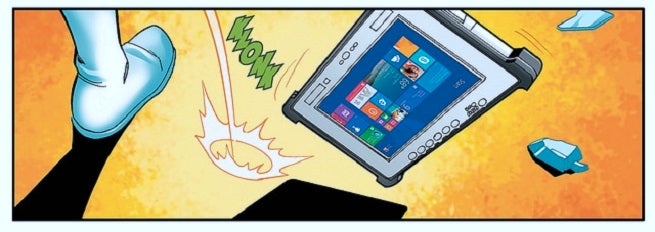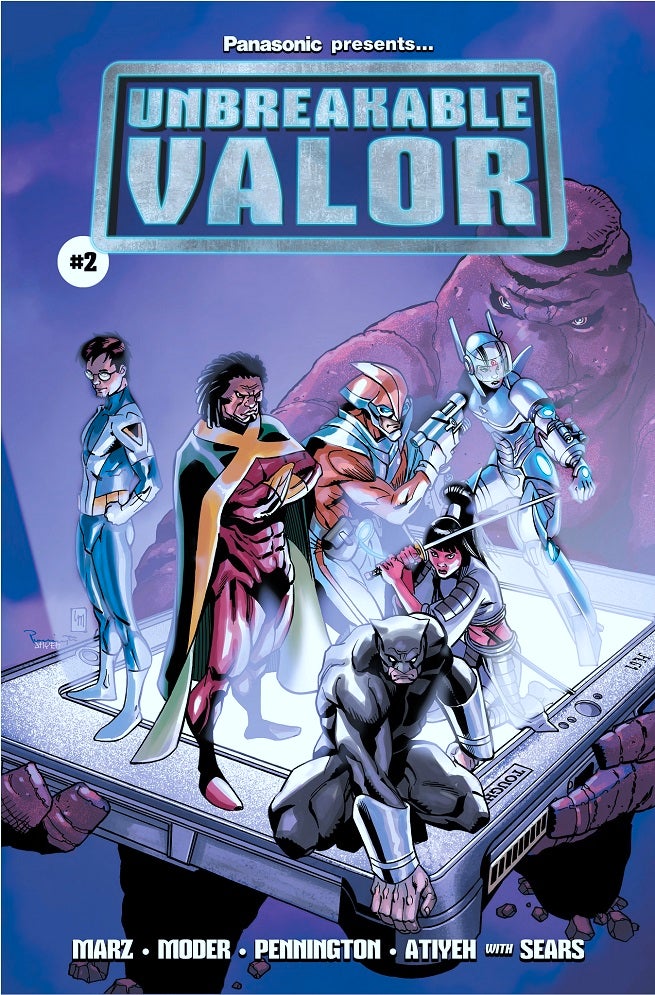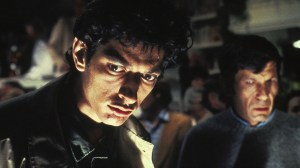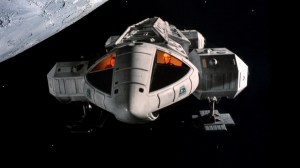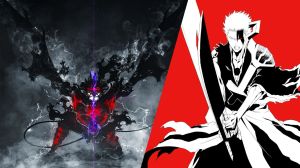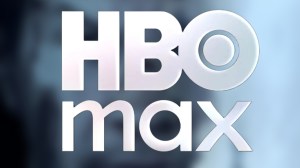Videos by ComicBook.com
In it, readers will discover the next adventure of the League of Valor, an organization of heroes who rely on Panasonic enterprise technology solutions, and their IT specialist Kevin Massing.
Think of it as a better-executed, contemporary take on the Tandy Computer Wiz Kids or similar ideas that used to be popular: Take your product, put it in the hands of superheroes and watch the story unfold.
The superheroes in Unbreakable Valor were introduced in the first issue, published last summer and also available on the site. Two more issues of the series are scheduled to be released in 2015.
Toughpad FZ-G1 rugged tabletMarz joined us for a few minutes to talk about the project.
Even though we talked about it at the time, I didn’t realize that this was going to be more than just a one-shot. How long have you got this plotted out for?
The intention is to do a couple more issues. I don’t know that that was written in stone when we finished up with issue 1 but it went over well enough and everybody was happy enough with it that they decided to do more and we were certainly ready, willing and able to do more. Frankly, it’s a lot of fun. We’re doing very sort of mainstream superhero stories with characters we came up with and we’re having fun doing it.
Since it’s being distributed for free, is it one of those things where you feel like it’s all about the quality of the work, since sales are presumably not a factor?
Yeah, it’s certainly not sales-driven; it’s promotionally-driven. That is liberating in some ways. Obviously you’re ultimately doing a book in which you’re featuring a product. There’s nothing wrong with that; most comics are featuring a product. It just happens to be that the product in most work-for-hire comics, the product is that character or that franchise in and of itself.
In terms of the actual creative project, working through Panasonic as well as Cohn Wolfe, the agency who put this whole thing together, they’ve been really great about letting us do what we do. We haven’t had to do this while wearing straitjackets. Every time there was a decision to be made about the issue, it always came down to what was best for the story. They trust us to put the package together.
Have you enjoyed tagging off these artists, all of whom are guys you know or whose work you’v eknown for years?
Because this project came about in a manner in which we could put the creative team together ourselves, you hire friends and you hire people whose work you admire. And you hire people tha tyou know can do the job. So with Rick [Leonardi] on the first issue and with Lee [Moder] on the second issue, obviously we knew what we were getting in terms of the quality of the work. Bart Sears did some spreads in the first two issues as well and he’s perfect for that detail-heavy, tech-oriented kind of material. First and foremost, we just tried to make a good superhero comic. Contrary to the popular zeitgeist right now, superheroes can be fun.
Do you think it’s starting to swing back that way?
I think it’s a pendulum. Just like anything else, the manner in which comics are produced swings back and forth, certainly. We’ve gone through fun periods, we’ve gone through grim and gritty periods. We’ve gone through artistically-driven periods and we’ve gone through kind of talking head superhero comics. It doesn’t make one particular version better than another, but it is interesting to step back and see the trends as they emerge.

